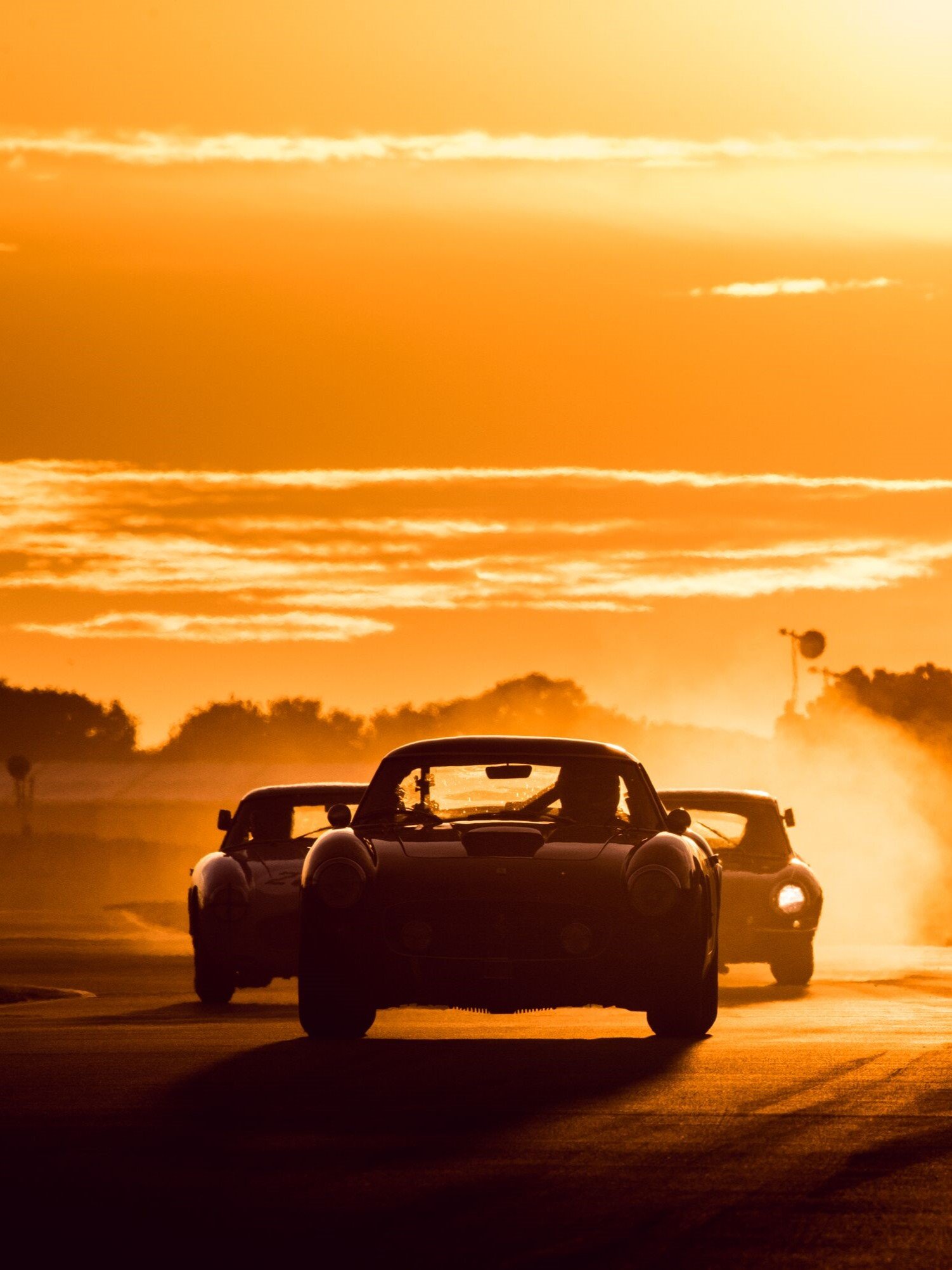Doug Nye: The first true McLaren
 Doug Nye
Doug Nye
For many of us who have been around in racing for such a long time, it is with genuine regret that we see the simply uncompetitive level to which McLaren has sunk within Formula 1. When Fernando Alonso was radioed information on the leading places the Russian GP at Sochi he shut his engineer up by responding so simply “We are P15 – I don’t care”…

Bruce McLaren tested the first prototype sports-racing car to bear his name bare of bodywork at Goodwood late in 1964 – aiming to get the chassis handling well in the first place, then add the aerodynamic envelope later…
My mind goes back to mid-September 1964 when Bruce McLaren was track testing his first ground-up McLaren sportscar at Goodwood. This item appeared in ‘Autosport’ magazine’s September 18th edition, under the heading ‘First photographs of the McLaren 1 – Bruce McLaren builds a new sports car with Oldsmobile V8 power pack’:
“During recent tests at Goodwood, Bruce McLaren succeeded in lapping his new sports car in 1min 21.6secs, no less than 3.2secs faster than his own sportscar record he set up during the TT in his Cooper-Oldsmobile. It was also 0.4sec faster than the outright circuit record which stands [contemporarily] to Graham Hill in the F1 BRM – an impressive first outing for any car.
“As the 4.5-litre Oldsmobile engine which is being modified by Traco in California, had not arrived, Bruce fitted the old 3.9 engine. This is stated to produce 310bhp on 48IDA Webers and might appear adequate from its performance. The oil pump on the wet-sump engine has been cunningly designed with a swinging pick up which has a series of non-return shutters. This appears to have eliminated the oil surge previously encountered on American V8s with modified sumps.”
Denis Jenkinson – the illustrious ‘Jenks’ of ‘Motor Sport’ magazine – attended some of Bruce’s testing at Goodwood and having, seen some terrific racing between this type of unlimited-capacity sportscar in that year’s Guards Trophy at Brands Hatch, Jenks wrote: “My contention is that if they are going to race sportscars, then at least they should be able to carry two people at racing speeds.”

With the prototype car’s unpainted wheeled-aluminium body panels added, Bruce pulls away from the bottom end of the pits. The echelon lines painted on the track with the circles opposite were left-overs from the Le Mans-type run-and-jump start at the Tourist Trophy meeting...
Having sat beside Stirling Moss as navigator, and winning the 1955 Mille Miglia round-Italy 1,000-mile classic for the works Mercedes-Benz racing team, Jenks knew what he was talking about. He continued: “I am all set for a dice and I know lots of other people who would join me as racing passengers”.
At Goodwood ’64 he described how: “After getting the handling to his liking, McLaren took me for a couple of fast laps of the Goodwood track, around 1min 25secs, just to prove to me that it was a two-seater sportscar, for I have continually argued with these chaps and their hotrod racers. I maintain that they are ridiculous as sportscars, and they should spend their energy building single-seaters from the same components… The first McLaren, as it is called, was surprisingly comfortable, the level ride being outstanding and the suspension so soft and controlled that sitting on a fibreglass seat was no bother at all. Cockpit room was pretty cramped, and through St Mary’s and the chicane I had the greatest difficulty in avoiding leaning on McLaren’s left arm, which supports my contention that racing with passengers would develop much more civilised ‘sportscars’.
“The Oldsmobile engine, running to 7,000rpm, was remarkably smooth, but gave a good punch in the back on acceleration, compared to the smooth torque of the V12 Ferrari engine in the 330P, and the handling of the McLaren was remarkable for its smoothness and balance, there being very little wheel-twiddling or full-lock slides, the car being held on a very steady course, especially through the fast corners. The windscreen was minimal and tailored to the driver, so that wind pressure at 130-160mph was terrific and a lot of laps would have given me a pain in the neck. The chassis and suspension on this car are virtually to modern Grand Prix car specification, and its smooth ride was a most outstanding impression, which explains why Grand Prix drivers can sit in an unpadded cockpit on a sheet of aluminium or fibre-glass. What I am hoping is that one day someone will devise a tandem-seated Grand Prix car, so that I can sit behind some of the ‘workers’ of today and really see how they go round corners…”
It took many years, but Jenks’s tandem-seat F1 notion certainly came to pass…
Meanwhile, Bruce made his racing debut in this first true McLaren car in the Canadian Grand Prix for sportscars, held at Mosport Park on Saturday, September 26, 1964. Bruce wrote: “I think the Canadian Grand Prix at Mosport meant more to me and my team members than any other race we have competed in. It was the first race with the car that we built ourselves from the rubber up [the McLaren 1] and we were delighted with its performance and potential. We didn’t win, but we certainly didn’t leave Canada with our tails between our legs.

The prototype McLaren-Oldsmobile M1A with its Oldsmobile V8 engine in the back rode on Cooper cast-magnesium wheels. The rough lettering on the door reads ‘STRONG MOTHER’!
“We learned two important things. Firstly, we have to find some more horsepower, and secondly, we had a convincing reminder that Jim Hall, the lanky Texan builder of the Chaparral sports car, didn’t go to school just to eat his sandwiches.
“The Canadian Grand Prix was in effect the opening round of the big money series of sportscar races in North America, the entry list was formidable. Jim Clark had a Lotus 30, Jim Hall… brought along his very advanced Chaparral, the North American Racing Team fielded 4-litre Ferraris for Pedro Rodriguez, Ludovico Scarfiotti and Walt Hansgen, and there was quite a bunch of King Cobra Cooper-Fords, Elva-Porsches and the like from the USA and Canada.
“Against that mass of top-class machinery we were pitting the first McLaren sports car using the 3.9-litre Oldsmobile engine and throttle set-up from (our) Cooper-Olds, but otherwise our motor was brand new. We had found time to complete two fairly extensive test days with the car (at Goodwood) before flying it to Canada.”
Bruce described how Jim Clark’s updated Lotus 30 had struck overheating problems during practice “…and it was Jim Hall who set the pace. But he was also in overheating difficulties… when it comes to keeping technical secrets (Jim Hall) reminds me of a certain Australian with a racing car factory in Byfleet” (by which Bruce plainly meant the ever-taciturn Jack Brabham – his great friend, mentor… and admirer).
Bruce told the story of that Canadian GP race like this: “I made a good start and headed Jim Hall into the first corner… I maintained a narrow lead on Jim’s Chaparral for the first couple of laps until he suddenly lost it and clobbered the guardrail, which flipped the car over the top. Fortunately he escaped with nothing more serious than a broken arm and bruises.

Bruce in the car being joined by Denis Jenkinson - ‘Jenks’ of ‘Motor Sport’ magazine - Bruce’s business partner Teddy Mayer, grey-haired, right.
“All this happened behind me, of course, and all I knew of the incident was a cryptic ‘Hall out’ on my signal board. That was fantastic. We had only completed three tours out of a 100-lap race!
“With the pressure off I could afford to ease up a little. In a way it is harder to cruise than to race hard. You tend to let your concentration drop just a fraction with your lap times. However, with so much of the race left it seemed the sensible thing to do, so I slowed a couple of seconds a lap, keeping an eye on the time gap back to Pedro Rodriguez in the second-place Ferrari.
“For the first 55 laps the crowd must have thought it was as much a procession as I did, but when my engine started to stutter onto six cylinders (a link to one of the four carburettors had broken) the race suddenly livened up…
“It took us four laps to find and fix the trouble, the mechanics (Tyler Alexander and Wally Wilmott) hurriedly fabricated a throttle link out of wire and tape – but I was back in the race, this time pushing the new McLaren to its limit climbing back through the field. The crowd must have been really getting their money’s worth for the new car was flying. In the course of getting back up to third place I considerably modified Dan Gurney’s lap record, and finally put ‘McLaren – McLaren’ in the record book, 1 second inside Dan’s two-year-old time. Pedro motored on to win the race, a lap in front of his team-mate Scarfiotti.” Popular Bruce finished third in that prototype McLaren-Oldsmobile 1, retrospectively re-titled as the first M1A, back then in an era when extensive Goodwood testing could always produce a new potential Champion marque…
For McLaren, such promise sadly seems so distant just now.
Photography courtesy of The GP Library.
Doug Nye
Bruce McLaren
McLaren
M1A































































